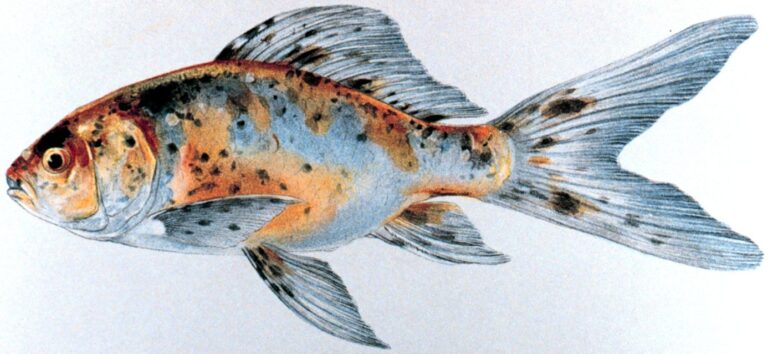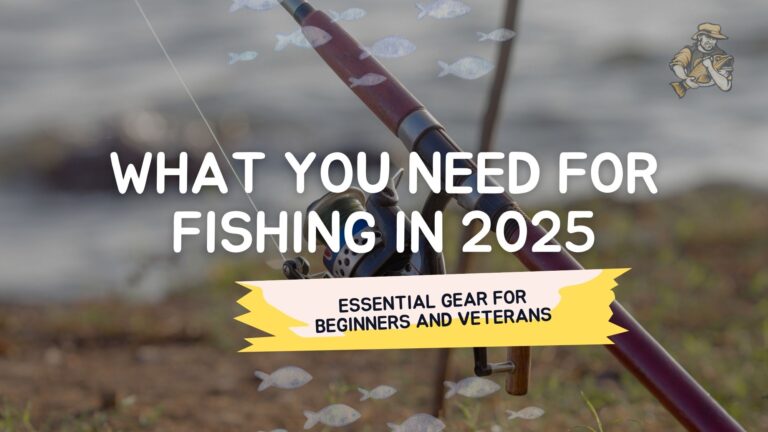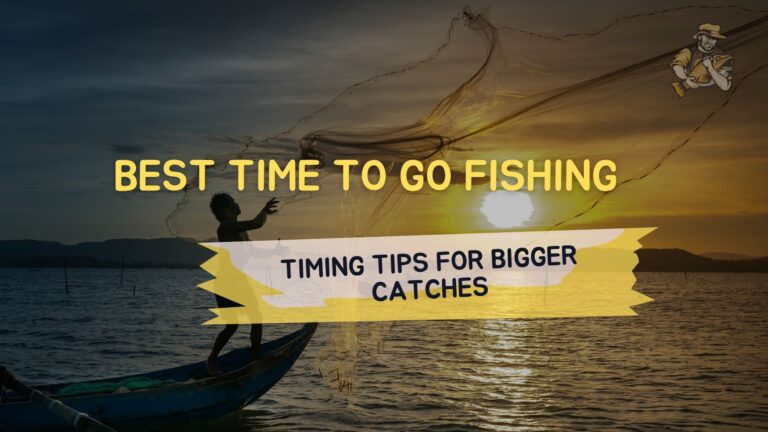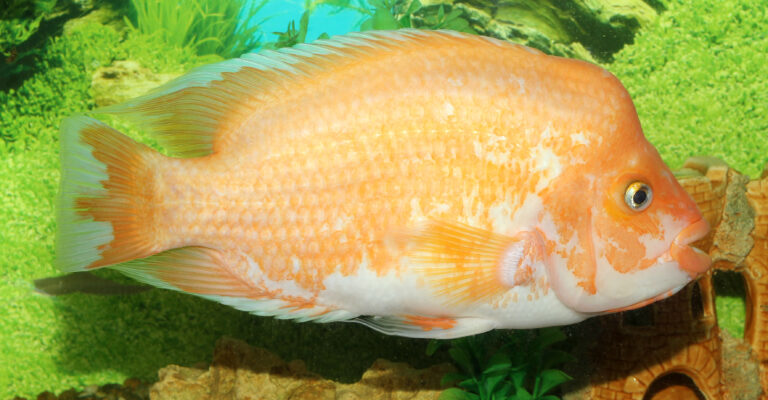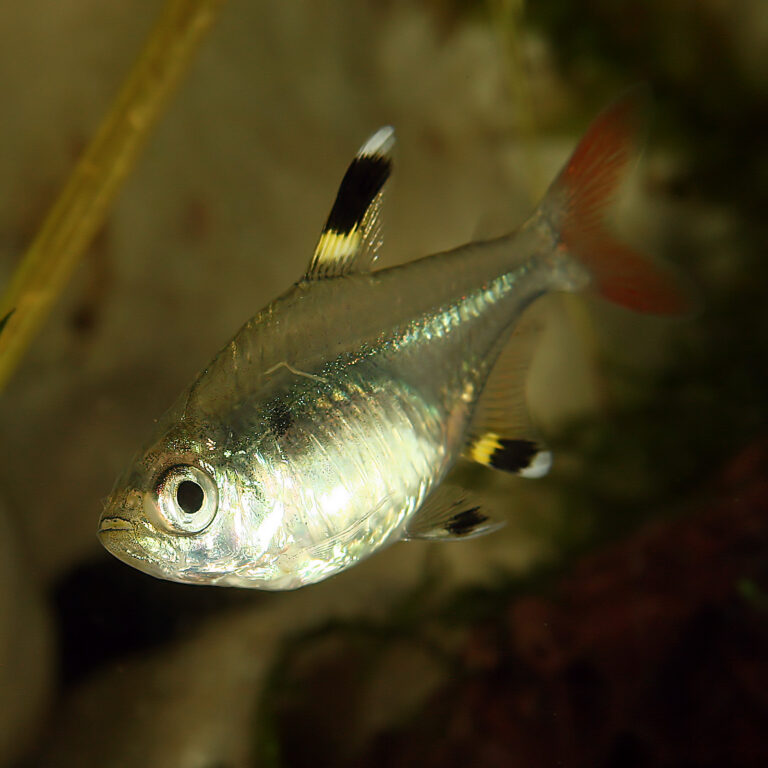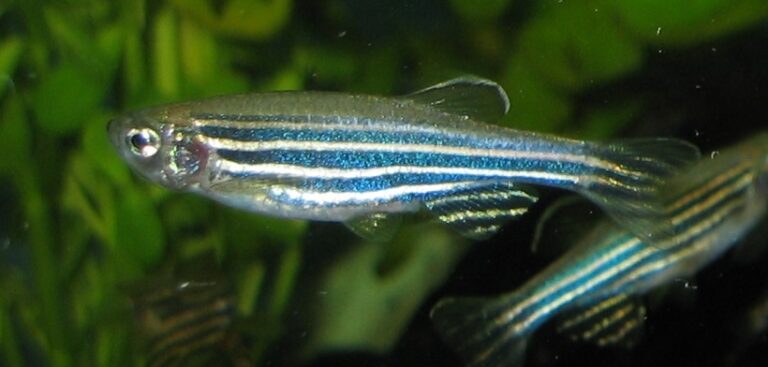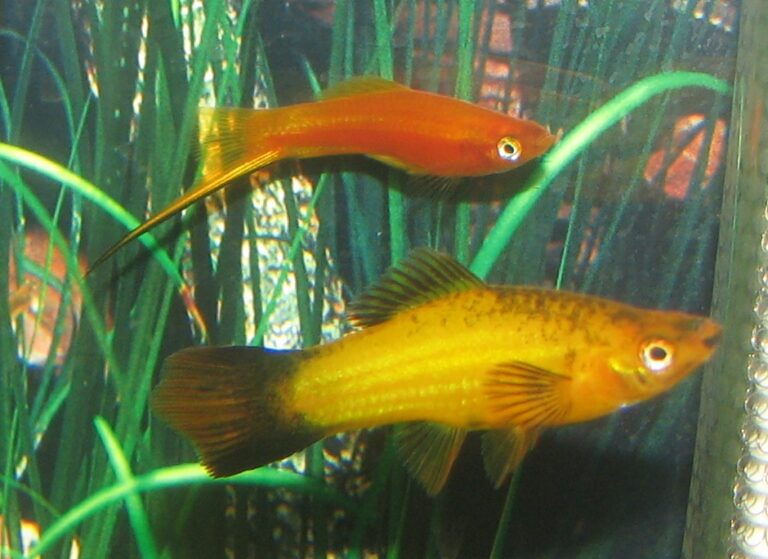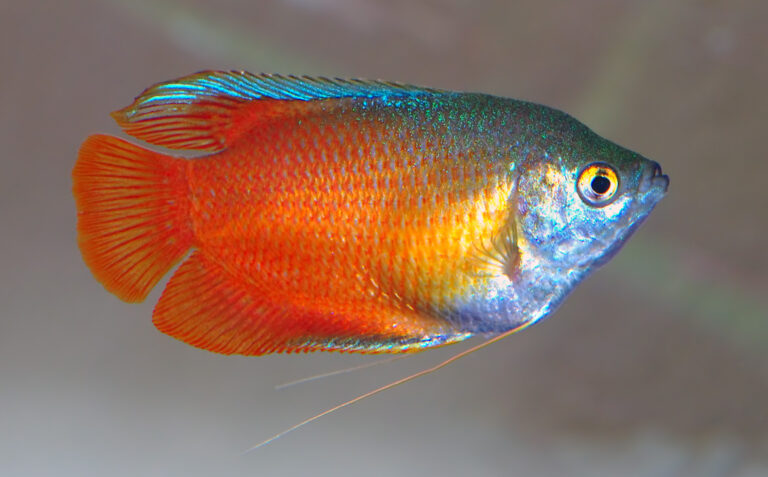East Coast Surf Fishing: Targeting Striped Bass and Bluefish from Shore
By Adam Hawthorne | Last Modified: May 14, 2025
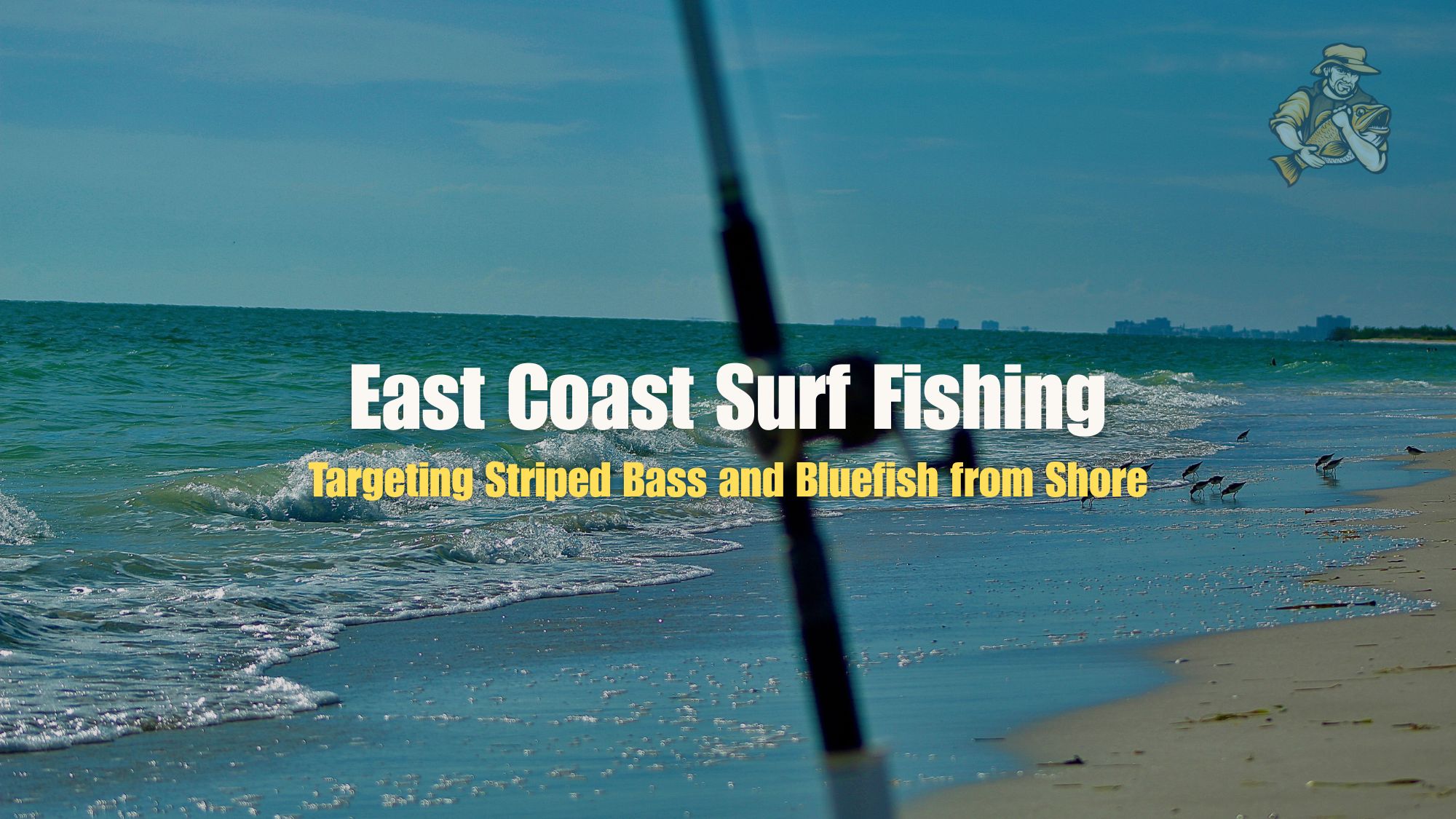
When I first tried East Coast surf fishing nearly 15 years ago, I was absolutely terrible at it. I spent three consecutive dawn trips on a Jersey beach without so much as a nibble. My tackle box was all wrong, my timing was completely off, and I was casting into what I later learned was essentially a marine desert.
Back then, I had this ridiculous notion that surf fishing was just regular fishing done at the beach. Boy, was I wrong. East Coast surf fishing is its own beast entirely – demanding specialized gear, techniques, and a whole lot of patience. But when you finally hook into a 30-pound striper in the surf, feeling that raw power as waves crash around your waders… there’s absolutely nothing like it.
Let me save you some of the frustration I went through by sharing what actually works when targeting striped bass and bluefish from the Atlantic shoreline.
Understanding East Coast Surf Fishing Fundamentals
Surf fishing along the East Coast isn’t just standing on a beach with a rod. It’s about reading water, understanding tides, identifying structure, and knowing when those trophy stripers and aggressive blues are likely to feed within casting distance.
The most productive East Coast surf fishing happens during these specific scenarios:
- Dawn and dusk transitions (with dawn typically outperforming dusk in my experience)
- Incoming tides, especially the last two hours before high tide
- After coastal storms when the water is churned but beginning to clear
- Around physical structure like jetties, sandbars, and troughs
- During seasonal migrations (spring and fall for stripers, summer for blues)
My buddy Dave who guides surf trips out of Cape Cod always says, “Fish the conditions, not the spot.” He’s absolutely right. I’ve seen anglers crowd famous fishing spots during terrible conditions while ignoring perfect structure during prime tidal movement just a quarter mile down the beach.
Reading Beach Structure for Better Results
This took me years to figure out, but beach structure is everything in surf fishing. Most East Coast beaches aren’t just flat underwater – they have channels, bars, cuts, and troughs that funnel bait and attract predators.
Look for these high-percentage areas:
- Cuts or rips in sandbars where water flows back to sea
- The deep trough that typically runs parallel to shore
- Points or irregularities in the shoreline
- Areas where waves break consistently, then stop (indicating a dropoff)
- The wash zone during rough conditions (especially for bluefish)
One morning at Montauk back in 2019, I watched this older gentleman absolutely demolish the striper bite while everyone else caught nothing. I finally broke down and asked what he was doing differently. “Casting to the edge of the bar, not over it,” he told me. That simple adjustment – targeting the edge of a sandbar rather than the deeper water beyond – changed my entire approach to reading surf structure.
The United States Surf Casting Federation has some excellent diagrams showing exactly how to identify these structures from shore. Their beach-reading guide completely changed how I approach new shorelines.
Essential East Coast Surf Fishing Gear
I’ll be brutally honest – I’ve wasted thousands on surf gear that wasn’t right for the conditions. When I started, I used a 7-foot bass rod with 12-pound monofilament line. Completely inadequate. But the full surf setup at my local tackle shop cost over $800, which seemed insane at the time.
There’s a middle ground that works perfectly well.
Surf Rods: Length Actually Matters Here
For East Coast surf fishing, you generally need:
- Rod length between 9-12 feet (I prefer 10′ for versatility)
- Medium-heavy to heavy power
- Moderate-fast action
- Guides that can handle braided line
My primary surf rod for the past five years has been a 10′ Tsunami Airwave Elite. Not the fanciest rod (about $160), but it casts a mile and has the backbone to handle big stripers. The St. Croix Mojo Surf is another excellent option if you’re willing to spend a bit more.
Whatever you choose, don’t go shorter than 9 feet for true surf fishing. You simply won’t be able to cast beyond the breakers consistently. I learned this the hard way after spending a frustrating weekend trying to fish a Carolina beach with an 8-foot rod during rough conditions.
Surf Reels: Size and Durability Trump Features
For reels, you need something that can:
- Hold at least 300 yards of 30-50lb braided line
- Have a strong drag system (15+ pounds of max drag)
- Resist sand and saltwater intrusion
- Cast heavy lures and bait rigs
I use a Penn Spinfisher VI 6500 for most of my surf work. It’s not the smoothest reel I own, but after being accidentally submerged twice and dropped in sand more times than I can count, it still works perfectly. That kind of reliability matters more than buttery-smooth operation when you’re in the surf.
Line Selection: A Three-Way Split in the Community
Ask ten surf anglers about line choice, and you’ll get eleven opinions. Here’s my take after testing pretty much everything:
- Braided main line (30-50lb) gives the best casting distance and feel
- Fluorocarbon leader (30-50lb) provides abrasion resistance and invisibility
- Monofilament (entire spool) works fine for beginners but limits casting distance
I was a dedicated mono guy until about 2017 when I finally tried a quality braid (PowerPro Super Slick) with a fluorocarbon leader. The difference was immediate – at least 25% greater casting distance and the ability to feel subtle strikes even in rough surf.
That said, there’s absolutely no consensus on this. Some of the best surf anglers I know still use straight monofilament because they feel it provides better shock absorption when a big fish makes a sudden run in the surf. Can’t really argue with their results.
Bait vs. Lures for East Coast Surf Fishing
This is where I’m definitely opinionated – both have their place, but for different conditions.
When Bait Outperforms Lures
Fresh bait often outperforms artificial lures when:
- Water is very rough or cloudy
- You’re targeting larger striped bass
- Fishing the deeper troughs
- Night fishing
- When fish are being particularly selective
My go-to baits for East Coast surf fishing:
- Fresh bunker (menhaden) chunks – absolute striper candy
- Live or fresh eels – probably the premier big striper bait
- Clams – especially for early season stripers
- Sandworms or bloodworms – excellent when targeting smaller stripers or mixed species
The night I caught my largest-ever surf striper (47 inches, estimated 40+ pounds) was on a fresh bunker head during a new moon off Montauk Point. Sometimes there’s just no substitute for the real thing. That fish hit around 2:30 am after I’d been dozing in my chair for hours. Nearly pulled my rod holder out of the sand before I grabbed it.
When Lures Get the Edge
Artificial lures often work better when:
- Actively searching for fish over large areas
- Water is relatively clear
- Fishing the wash zone or near structure
- Targeting bluefish or smaller stripers
- During daylight hours when fish can see better
My productive lure selection has narrowed significantly over the years:
- Swimming plugs (Bomber Long A, Daiwa SP Minnow)
- Metal lures (Hopkins, Acme Kastmaster)
- Bucktail jigs with soft plastic trailers
- Pencil poppers for calm surface conditions
I’ve found that color matters much less than action and size. Match the predominant baitfish size, and you’re usually good to go. That said, I do carry specific colors because I’m superstitious – white/red for rough conditions, blue/silver for clear water, and yellow for stained water.
Last fall, I was fishing the Rhode Island coastline during a moderate nor’easter. The water was chocolate milk, and most guys were soaking bait. On a whim, I tied on a 2oz white bucktail with a chartreuse trailer and proceeded to catch four stripers in an hour by slow-rolling it through the trough. The point is, don’t get locked into one approach.
Seasonal Patterns for East Coast Striped Bass and Bluefish
Learning the seasonal movements completely transformed my success rate. For years, I just went whenever I had time, with no regard for the seasonal patterns. Big mistake.
Spring Striper Run (April-June)
The spring striper migration moves northward along the coast as water temperatures climb above 50°F. Some general timing:
- Chesapeake Bay/Virginia: Early-mid April
- New Jersey/New York: Late April-May
- New England: May-June
During spring, focus on:
- Warmer, shallow water that heats up fastest
- Estuary mouths and river inlets where stripers feed on spawning herring
- Incoming tides, especially around new and full moons
- Dawn and dusk periods
My most consistent spring pattern involves fishing the back bays and inlet areas first, then moving to ocean beaches as water temperatures rise. The fish follow this same general pattern.
Summer Patterns (June-August)
Summer brings stable conditions but often pushes larger stripers to deeper, cooler water beyond casting range. However, it’s prime time for:
- Bluefish in the surf (especially morning and evening)
- Smaller “schoolie” stripers
- Night fishing for larger stripers that move shallow after dark
Summer success often depends on finding structure that creates feeding stations – jetties, rock piles, and deep cuts in sandbars. The fish need a reason to come within casting range when there’s so much comfortable water offshore.
Fall Run (September-November)
Fall is the surf angler’s prime time. As water temperatures drop, baitfish school up for their southward migration, and stripers follow in hot pursuit. This creates the legendary “blitzes” where fish crash bait on the surface within easy casting range.
Key fall strategies:
- Watch for diving birds (indicating feeding fish)
- Focus on points and areas where the shoreline changes direction
- Pay attention to mullet, bunker, or other baitfish migrations
- Be ready to move quickly when you hear about action
My best East Coast surf fishing day ever came during a November nor’easter in 2020 at Island Beach State Park in New Jersey. The wind was howling out of the northeast at 25+ mph, the rain was sideways, and absolutely nobody else was crazy enough to be on the beach. I landed 11 stripers between 24-38 inches in about three hours on simple bucktail jigs worked slowly through the trough. Sometimes miserable conditions create perfect fishing.
Night Fishing: When the Biggest Stripers Often Feed
I avoided night surf fishing for years – seemed unnecessarily complicated and maybe a bit sketchy hanging out on empty beaches at night. Now it’s my absolute favorite approach for trophy stripers.
Some critical differences for night surf fishing:
- Larger stripers often feed much closer to shore
- Noise and commotion matter less
- Bait typically outperforms lures (though not always)
- Tide stages become even more important
- Safety considerations increase significantly
My night surf setup is slightly different:
- Glow sticks or small LED lights on rod tips
- Simplified tackle selection to avoid fumbling around
- Multiple light sources (headlamp plus backup)
- Extra warm clothes (beach temperatures drop fast after sunset)
One thing I’ve learned about night surf fishing – it’s all about confidence and patience. You’re often casting into complete darkness with no visual feedback. You need to trust your location selection and maintain focus even when it seems like nothing’s happening.
Last October, I was night fishing a beach near Cape May, not another soul around. Three hours without a bump. I was about to pack it in when my rod doubled over so violently it nearly pulled out of my hands. The resulting battle with a 42-inch striper in the dark surf was one of the most intense fishing experiences of my life. Had I left 10 minutes earlier…
Regional East Coast Surf Fishing Hotspots
While I’ve fished from Virginia to Maine, I definitely have my favorite regions for targeting striped bass and bluefish from shore.
New Jersey Shore (My Home Waters)
The Jersey shore offers incredibly diverse surf fishing opportunities:
- Island Beach State Park – My go-to for consistent action
- Sandy Hook – Excellent structure and proximity to NY Bight
- Brigantine – Less pressure than other spots
- Cape May Point – Where Delaware Bay meets the Atlantic
The best time I ever had surf fishing IBSP was during a mullet run in late September 2018. The water was literally boiling with blues chasing bait. Every cast produced a chopper bluefish between 8-12 pounds. My arms were sore for days afterward.
Long Island and Montauk
The legendary Montauk surf deserves its reputation:
- The Point – Possibly the most famous surf fishing spot on the East Coast
- North Bar – Less pressured than the point but just as productive
- Benson Point – Great structure for holding fish
- Napeague Beach – Outstanding during the fall run
I try to make an annual pilgrimage to Montauk during October. The crowds can be intense at the Point, but for good reason – the fishing can be spectacular. Two years ago, I arrived to find a massive blitz happening right at first light. Stripers to 30 pounds were crushing bait within 20 feet of shore. I landed six fish in an hour before it shut down as quickly as it started.
Cape Cod and the Islands
The varied structure around Cape Cod creates perfect striper habitat:
- Nauset Beach – My personal favorite for consistent action
- Race Point – Where currents create a feeding station
- Monomoy Island – Requires effort to reach but often worth it
- The Elizabeth Islands – Some of the strongest currents and biggest fish
My one trip to Monomoy a few years back involved a long walk and crossing a shallow channel, but what a payoff. I had several sections of beach completely to myself and landed stripers on practically every cast for two hours during an incoming tide. The extra effort to reach less-pressured spots almost always pays dividends.
Common East Coast Surf Fishing Mistakes
I’ve made every mistake possible in my surf fishing journey. The most costly include:
Ignoring Tide Stages
For years, I fished whenever I had time rather than planning around tides. Huge mistake. While you can catch fish at any tide stage, certain beaches fish dramatically better on specific tides.
The basic rule I follow now:
- Beaches with steep drop-offs: Better on high tide
- Gradually sloping beaches with bars and troughs: Often better on incoming tide
- Inlet areas: Typically best on outgoing tide
The tide stage can be more important than time of day, weather, or any other factor. I now plan my trips around prime tide stages first, then consider other factors.
Using General Fishing Gear Instead of Surf-Specific Equipment
My first surf rod was a 7-foot bass rod that I already owned. I couldn’t cast beyond the first breaker and lost several fish when the drag wasn’t smooth enough. Frustrating and completely avoidable.
True surf fishing demands:
- Longer rods (9-12 feet)
- Reels with strong, smooth drags
- Higher line capacity
- Corrosion-resistant components
You don’t need to spend a fortune, but you do need the right tools. My $300 combined investment in a Star Stellar surf rod and Penn Battle II reel outperforms setups costing twice as much because they’re designed specifically for surf conditions.
Staying in One Spot Too Long
This was my biggest mistake for years – setting up camp in one spot and staying put regardless of results. Successful surf anglers are mobile, especially during daylight hours.
My current approach:
- Morning/evening: Cover ground looking for actively feeding fish
- Midday: Focus on known structure and deeper water
- Night: Select prime spots based on structure and commit more time
Last summer, I was fishing a Maryland beach with my brother-in-law Mike. He set up his sand spike in what looked like a good spot and stayed there for 4 hours without a bite. I walked the beach, casting as I went, and landed three decent stripers by covering nearly a mile of shoreline. The fish weren’t everywhere – they were concentrated in two very specific areas that looked identical to untrained eyes.
Misunderstanding Surf Fishing Etiquette
The unwritten rules of the surf took me years to learn properly:
- Give other anglers plenty of space (minimum 50 yards unless beach is crowded)
- Don’t set up directly in front of someone who’s already fishing
- When walking the beach, pass behind other anglers, not between them and the water
- During a blitz, don’t crowd anglers who were there first
- Help fellow anglers when they land large fish if they appear to need it
I once had a guy set up literally 15 feet from me on an otherwise empty beach. When I politely mentioned there was plenty of room, his response was, “You must be catching something if you’re here.” That’s not how this works.
East Coast Surf Fishing FAQs
What’s the best tide for surf fishing the East Coast?
The incoming tide, particularly the last two hours before high tide, produces most consistently on the beaches I fish. However, this varies by location. Steep beaches often fish better near high tide, while gradually sloping beaches with good structure may produce throughout the tide cycle. I’ve had my best luck at Assateague Island specifically during the first two hours of outgoing tide, which contradicts the general rule – proving you need to learn each beach individually.
What size stripers can I expect when surf fishing?
East Coast surf fishing can produce stripers from small schoolies (20-24 inches) to genuine trophies over 40 inches and 30+ pounds. The average keeper striper (28-35 inches in most areas) weighs 8-15 pounds. My personal best from the surf was a 47-inch beast that likely pushed 40 pounds, caught on a bunker head at night near Montauk Point. Most surf anglers consider a 40-inch striper a trophy fish, and rightfully so.
What’s the best time of year for East Coast surf fishing?
Fall (September through November) typically offers the most consistent action as striped bass migrate southward, often within casting range of shore. This coincides with baitfish migrations, creating the famous “blitzes” surf anglers dream about. Spring (April-May) provides another migration window as stripers move northward. Summer can be productive for bluefish but often finds larger stripers in deeper water beyond casting range except at night.
Do I really need special gear for surf fishing?
Yes, standard fishing gear won’t perform well in surf conditions. At minimum, you need a rod 9+ feet long with the backbone to cast heavy lures/bait and fight fish in current, a reel with enough line capacity and drag power, and terminal tackle that can withstand sand and saltwater. Sand spikes, waders, and a way to carry gear while mobile are also essential. I started with borrowed surf gear, and the difference compared to my freshwater equipment was night and day.
Final Thoughts on East Coast Surf Fishing
After 15+ years of chasing stripers and blues in the surf, I’ve learned that success comes down to three things: timing, location, and persistence. The East Coast offers some of the best surf fishing opportunities in the world, but it demands specific approaches and equipment.
I’ve gone from complete frustration to consistent success by studying tide charts more than weather forecasts, learning to read beach structure rather than just fishing “good looking” water, and being willing to move when action is slow. The greatest satisfaction in surf fishing isn’t just catching fish – it’s cracking the code on a specific beach under challenging conditions.
Whether you’re soaking bait on a warm summer night or throwing plugs into a November nor’easter, there’s something magical about connecting with powerful fish from the dynamic environment where land meets sea. The surf will humble you repeatedly, but the rewards are worth every minute of effort.
If you’re just starting your East Coast surf fishing journey, focus first on learning to read the water, then invest in appropriate gear, and finally, study seasonal patterns. Do these things, and you’ll be well on your way to consistent success in one of fishing’s most challenging and rewarding pursuits.

Meet Adam Hawthorne
I’m a lifelong fishing enthusiast who’s spent years exploring rivers, lakes, and oceans with a rod in hand. At Fishing Titan, I share hands-on tips, honest gear reviews, and everything I’ve learned about fish and ocean life, so you can fish smarter and enjoy every cast.
Share:

Meet Adam Hawthorne
I’m a lifelong fishing enthusiast who’s spent years exploring rivers, lakes, and oceans with a rod in hand. At Fishing Titan, I share hands-on tips, honest gear reviews, and everything I’ve learned about fish and ocean life, so you can fish smarter and enjoy every cast.
Related Articles
-
Shubunkin Goldfish
The Shubunkin Goldfish (Carassius auratus) represents one of the most popular and visually striking varieties of goldfish kept in aquariums and outdoor ponds worldwide. Originally…
-
What do You Need for Fishing in 2025? | Essential Gear for Beginners and Veterans
As I was organizing my tackle box last weekend for an early spring trip to Lake Michigan, I realized how much fishing gear has evolved…
-
Best Time to Go Fishing: Timing Tips for Bigger Catches
If there’s one question I get asked more than any other, it’s about timing. When should you cast that line? After 30+ years of early…
-
Midas Cichlid
The Midas Cichlid (Amphilophus citrinellus) stands as one of Central America’s most recognizable and ecologically significant freshwater fish species. This robust cichlid commands attention through…
Fish Species
-
Pristella Tetra
The Pristella Tetra (Pristella maxillaris) stands as one of South America’s most distinctive freshwater aquarium species, renowned for its translucent body and striking fin coloration….
-
Zebra Danio
The Zebra Danio (Danio rerio) stands as one of freshwater aquarium keeping’s most recognizable and scientifically significant species. This small, hardy cyprinid exhibits distinctive horizontal…
-
Pineapple Swordtail
The Pineapple Swordtail (*Xiphophorus hellerii* var. pineapple) represents one of the most striking color variants of the common swordtail, distinguished by its vibrant yellow-orange coloration…
-
Honey Gourami
The Honey Gourami (*Trichogaster chuna*) stands as one of the most captivating freshwater fish species in the aquarium trade, distinguished by its remarkable color-changing abilities…

